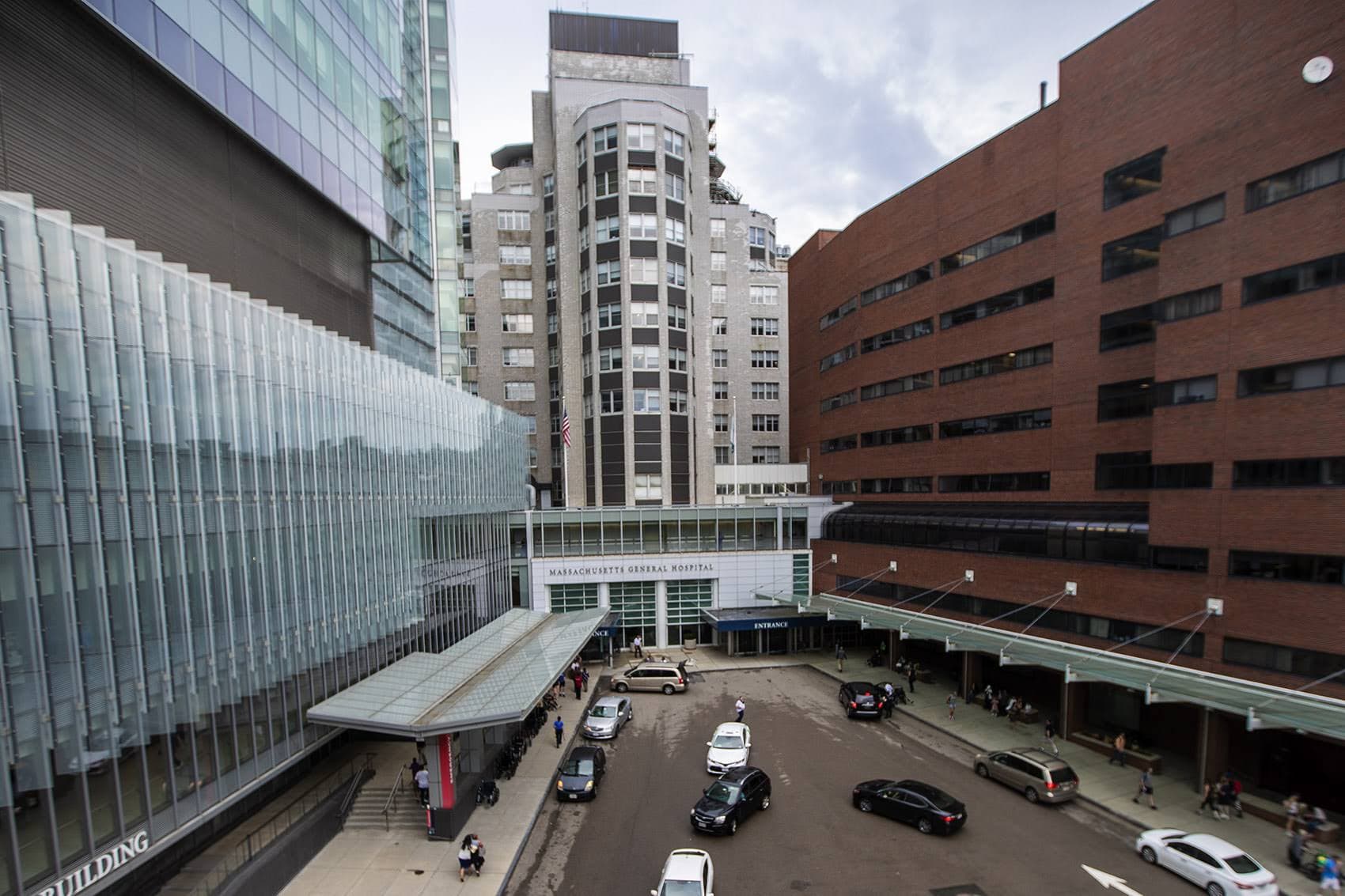Advertisement
Coronavirus Coverage
Can Inhaling Nitric Oxide Treat — Or Prevent — COVID-19? MGH Wants To Find Out
Resume
Researchers at Massachusetts General Hospital (MGH) are studying whether inhaling a gas called nitric oxide can help treat patients with COVID-19, or even prevent people from getting the disease.
Although nitric oxide is widely used to treat patients with respiratory failure, MGH is the only hospital in the United States, and one of the few in the world, studying it for the treatment of COVID-19, according to the CDC. (MGH is conducting one of the studies in cooperation with teams in Alabama and Louisiana.)
Nitric oxide is a colorless gas, not to be confused with "nitrous oxide," better known as laughing gas, or "nitrogen dioxide," a smoggy brown air pollutant.
The human body makes nitric oxide on its own, and uses it as a chemical messenger. Low levels of nitric oxide constrict blood vessels; higher levels dilate them, increasing blood flow. When patients inhale it through a face mask or mechanical ventilator, it can open airways and help them breathe better.
Libby Hohmann, a physician in the infectious diseases division at Massachusetts General Hospital, calls nitric oxide "a favorite of MGH."
In 1990, doctors there were the first to use the gas to treat a baby born with a serious breathing condition, called persistent pulmonary hypertension of the newborn (PPHN), which was one cause of "blue baby" syndrome. Nitric oxide has since become standard treatment for PPHN, and is also widely used for other respiratory and cardiac problems.
"It has advantageous effects for people with certain kinds of respiratory failure," says Hohmann, "and it also appears to have some direct antiviral effects."
The inhaled gas only affects the lungs, and the effects are short-lived.
"You see an effect within minutes,"says Robert Kacmarek, director of respiratory care at MGH and one of the leaders of the nitric oxide trials there. "And as soon as you stop it, the effect goes away."
Kacmarek says there can be side effects if the gas is not administered properly, like a dip in blood oxygenation, or a buildup of nitric acid that can harm the lungs. But there are rarely any long-term side effects, he says: "We believe it's pretty safe."
While physicians and researchers are generally familiar with nitric oxide's respiratory effects, less is known about its potential antiviral effects. There's some evidence that inhaled nitric oxide gas can destroy or inactivate viruses, including anecdotal evidence that it helped patients with SARS — a similar coronavirus — during the 2003 epidemic.
"At the time they used it they weren't sure exactly why it was beneficial. But since then there's been a lot of bench laboratory studies looking at its effect on viruses, bacteria, etc.," says Kacmarek. "That's the reason we're doing these studies, because we believe that the combined effect of improving oxygenation — because all of these patients have oxygenation problems — and the potential antiviral effect of the drug may change the course of the disease in an individual."
Researchers at MGH have four clinical trials either planned or underway. Right now they are testing severely ill patients who are already on ventilators, to see if the gas can help them get off the ventilators more quickly and ultimately survive. They're also testing patients with mild-to-moderate COVID-19 to see if inhaling nitric oxide can prevent progression of the disease and keep the patient off a ventilator. And they've started an international registry of ICU COVID-19 patients on ventilators, to help consolidate worldwide data.
In the works, but not yet approved, is a study on whether giving nitric oxide to COVID-19 patients in the ER can stop their disease from getting worse, and keep patients out of the hospital.
The final study, which is just getting started, will examine whether giving nitric oxide to health care workers who aren't sick, might actually prevent them from getting COVID-19.
It's "an interesting hypothesis," says Paul Sax, clinical director of the division of infectious diseases at Brigham and Women's Hospital, who is not involved with the MGH studies.
"In the absence of any other proven preventive therapy, it's reasonable to try it," Sax adds, "as long as people are going in with their eyes open and signed informed consent and understand the risks."
The prevention trial will eventually enroll up to 470 health care professionals working with COVID-19 patients. The workers will inhale nitric oxide at the beginning and end of their shifts, and go about their business as usual in between. (A control group will not receive the drug.) Researchers will check the workers for fever or other COVID-19 symptoms every day.
"A high percentage of caregivers develop COVID-19," explains Kacmarek. "You don't know, after you finish your shift, whether you've been exposed, whether you inhaled any of the virus ... and we're hoping that this will prevent caregivers from getting the disease."
There are still no proven drugs for preventing or treating COVID-19, and Kacmarek cautions that people should not try to administer nitric oxide on their own.
"It's really dangerous," he says. "It comes in tanks in very high concentrations, and if you breathe those high concentrations, the outcome would not be good."
This segment aired on April 13, 2020.
